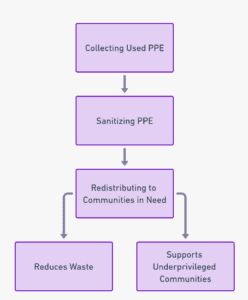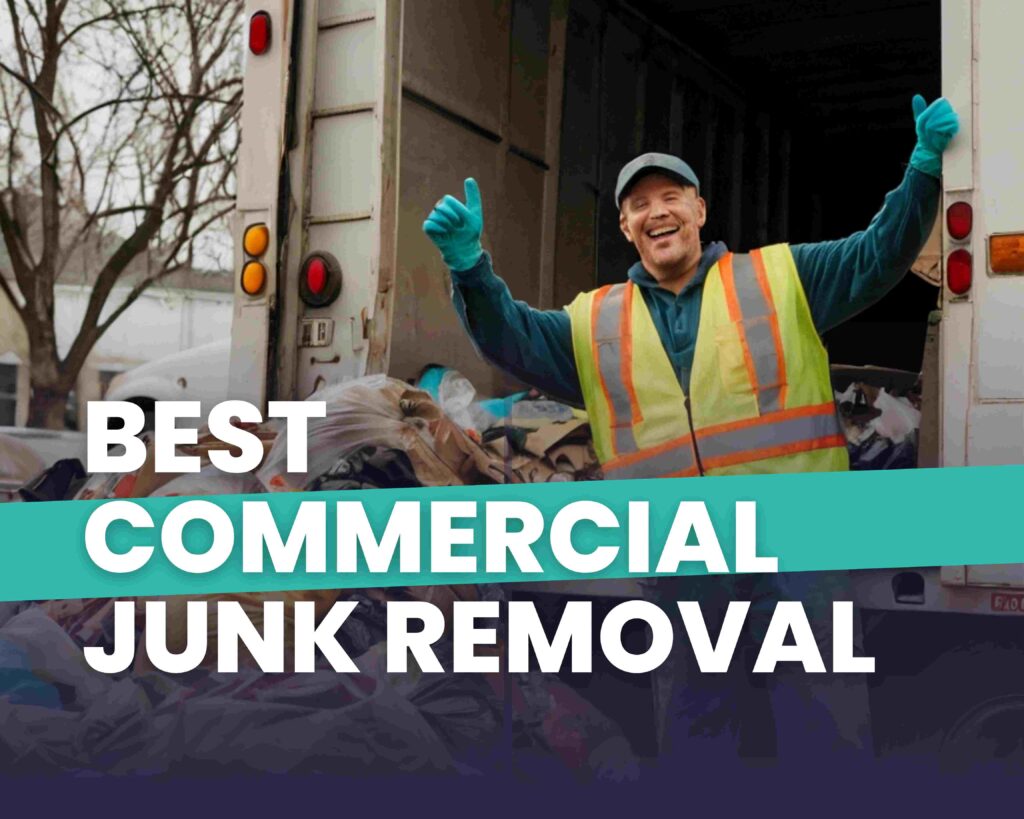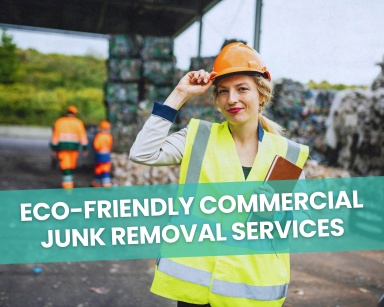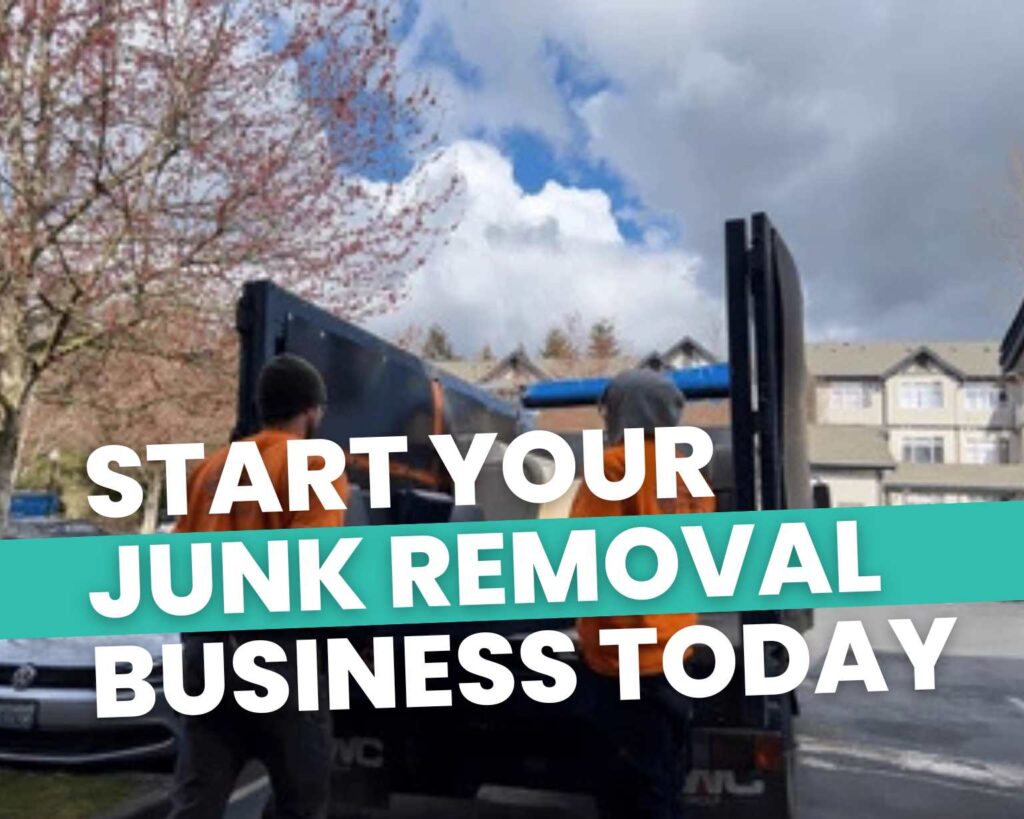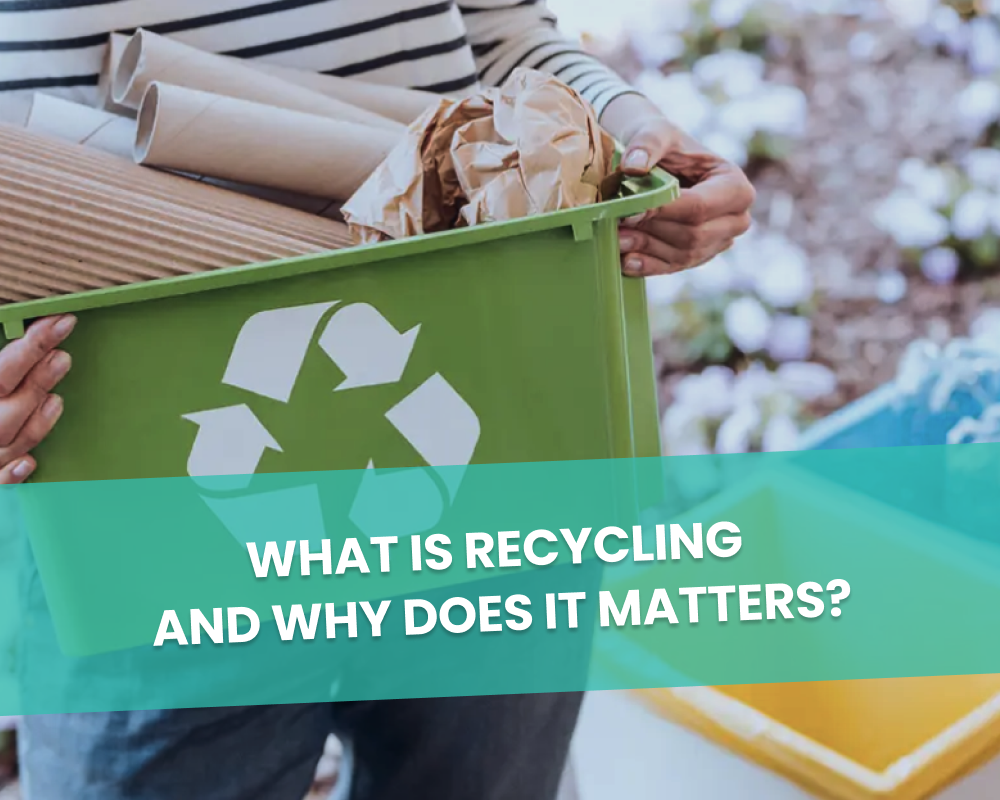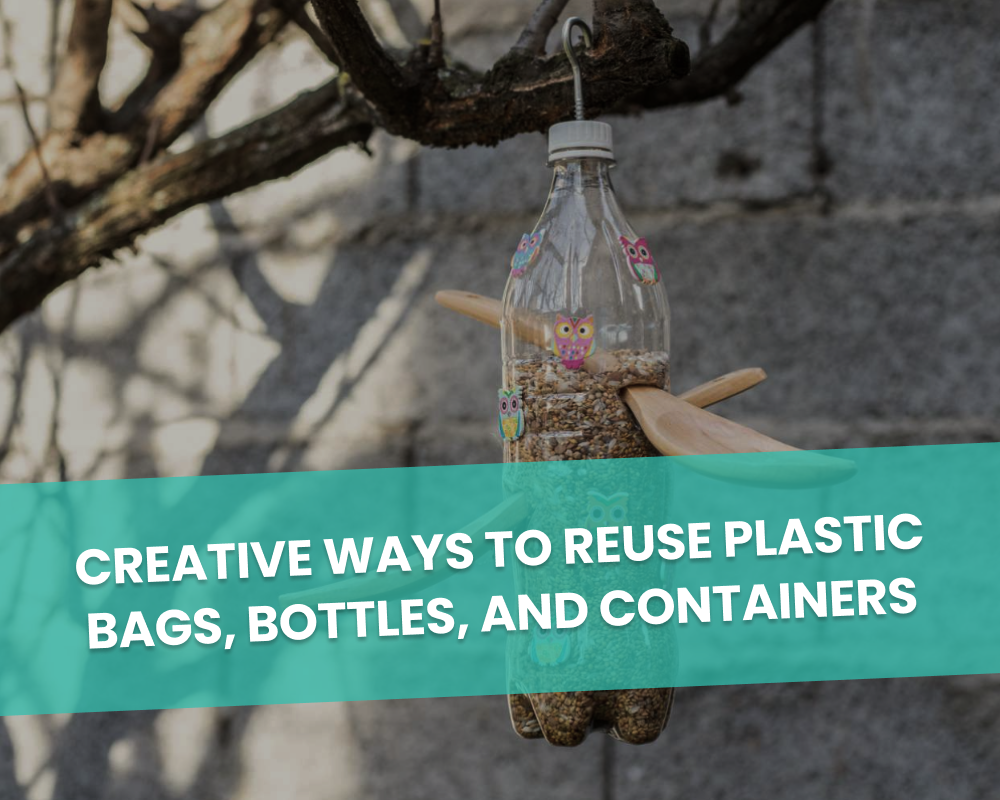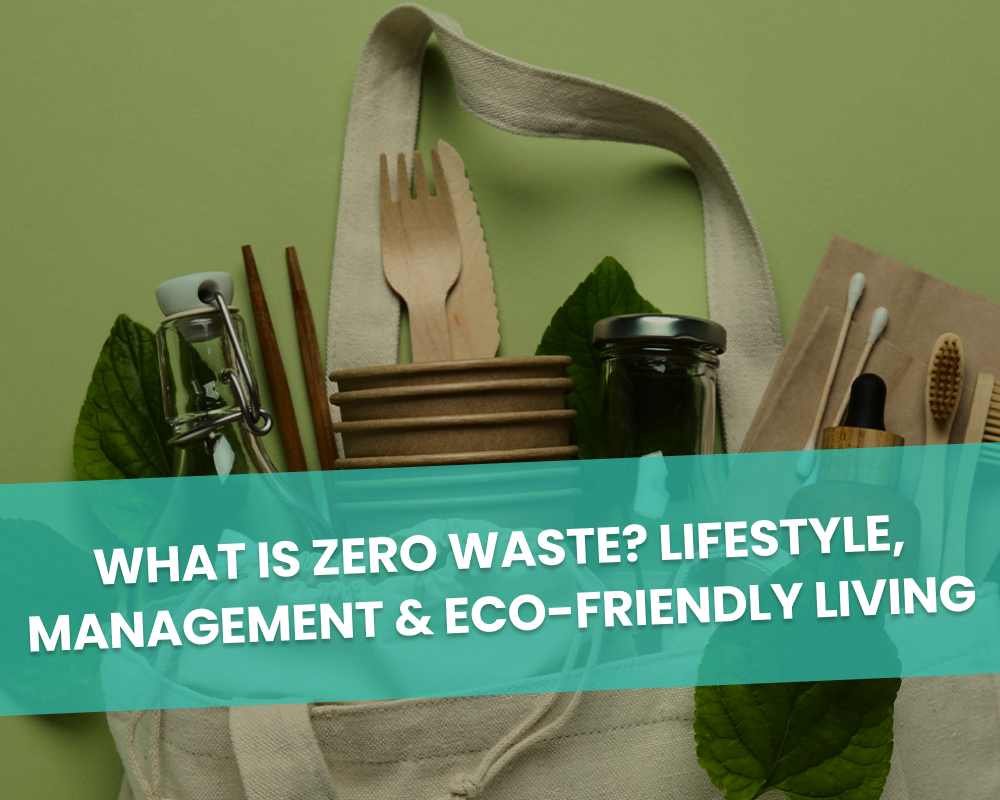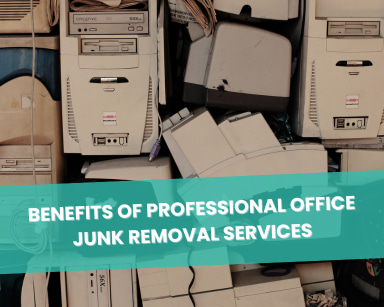Are Gloves Hazardous Waste? Unraveling the Truth

Jessica Gonzalez
Global Chief Executive | Founder Happen Ventures
After the global pandemic, a silent, often overlooked crisis has been brewing: the environmental impact of Personal Protective Equipment PPE disposal. A study from ScienceDirect underscores the significant repercussions of PPE waste on our environment and aquatic ecosystems.
As the world grappled with safeguarding human lives from the virus, the sheer volume of PPE, especially safety gloves, burgeoned, cascading into our landfills and oceans, posing a new set of challenges that extend far beyond the pandemic.
This article seeks to reveal the complexities, consequences, and potential solutions to the PPE disposal dilemma, with a particular focus on safety gloves.
Table of Contents
The Environmental Impact of PPE: Beyond the Obvious
The environmental quandary posed by PPE, particularly safety gloves, extends far beyond the visible litter in our surroundings. The BMJ highlights the challenges in recycling PPE due to material separation and contamination risks.
The decomposition of synthetic gloves, which can span decades, not only contributes to the burgeoning landfill masses but also leaches potentially harmful substances into our soil and water, affecting both terrestrial and aquatic life.
- The Unseen Consequences: While the visible litter of PPE, especially gloves, is evident, the indirect impacts are often overlooked. PPE pollution can disrupt local ecosystems, affecting both flora and fauna. For instance, gloves discarded in natural habitats can be ingested by wildlife, leading to fatalities.
- A Global Perspective: PPE pollution isn’t just a localized issue. From the beaches of Southeast Asia to the urban centers of Europe, the remnants of the pandemic in the form of discarded PPE are evident. Countries like Thailand and Indonesia have reported significant increases in PPE waste, affecting their marine life and local economies.
Safety Gloves: A Blessing and a Curse
Safety gloves have undeniably played a pivotal role in safeguarding frontline workers from the virus. However, the Environmental Protection article dated January 27, 2023, underscores the environmental impact of plastic PPE, including gloves, during COVID-19, presenting a paradox where a tool for health protection morphs into an environmental adversary.
- The Lifecycle of a Safety Glove: A single safety glove goes through various stages – from production, which involves the use of petrochemicals, to its eventual disposal. Each stage has its environmental footprint, from greenhouse gas emissions during production to potential soil contamination at the disposal stage.
- Addressing the Paradox: While safety gloves have been instrumental in protecting healthcare workers, their environmental impact is undeniable. Solutions lie in developing biodegradable gloves or adopting beneficial reuse practices to extend their lifecycle and reduce their environmental impact.
The Regulatory Landscape: Navigating PPE Disposal Guidelines
Navigating through the myriad of regulations and guidelines for PPE disposal, especially in a post-pandemic world, is a complex task. Different states and countries have formulated specific guidelines, and adherence to these is not just a legal obligation but also a moral one, ensuring that businesses contribute positively to environmental conservation.
- A Patchwork of Regulations: In the U.S., states like California and New York have stringent PPE disposal guidelines, while others are still catching up. Internationally, countries like Canada and Australia have set benchmarks in PPE waste management, offering valuable lessons.
- Case Studies: In 2022, a hospital in Texas faced hefty penalties for non-compliance with PPE disposal regulations, highlighting the legal implications of improper disposal. On the other hand, a clinic in Oregon was lauded for its sustainable waste disposal practices, setting a precedent for others.
Beneficial Reuse: A Sustainable Alternative to Traditional Disposal
Beneficial reuse, a concept that transcends mere recycling, involves the collection, sanitization, and donation of used PPE to communities in need. This method not only diverts PPE from landfills but also provides essential items to underprivileged communities, striking a balance between environmental and social responsibility.
- The Process and Impact of Beneficial Reuse: Beneficial reuse involves collecting used PPE, sanitizing them, and then redistributing them to communities in need. This not only reduces waste but also supports underprivileged communities, creating a win-win situation.
- Success Stories: In 2022, a school in Michigan partnered with a local NGO to adopt beneficial reuse. They managed to divert tons of PPE from landfills and support local shelters, demonstrating the tangible benefits of this approach.
Case in Point: The Success of Beneficial Reuse Programs
Organizations like Happen Ventures have pioneered beneficial reuse programs, demonstrating that a sustainable approach to PPE disposal is not only feasible but also advantageous. By donating unwanted sanitizer in Puerto Rico, for instance, they have not only mitigated waste but also supported communities in need.
- A Closer Look at Happen Ventures: Happen Ventures’ approach to PPE disposal is holistic. They not only focus on the environmental aspect but also on the societal impact. Their partnerships with local communities ensure that the repurposed PPE reaches those in dire need.
- Replicating Success: Businesses can take a leaf out of Happen Ventures’ book. By adopting similar models, they can not only reduce their environmental footprint but also enhance their brand image and community relations.
Making the Switch: Why Beneficial Reuse is the Future
Addressing the pain points of businesses and individuals in PPE disposal, especially considering the economic, environmental, and societal implications, beneficial reuse emerges as a beacon of sustainable practice. It is not merely a disposal method but a holistic approach that intertwines waste management with social responsibility.
- The Multifaceted Advantages: Beneficial reuse offers a trifecta of benefits. Economically, it can lead to cost savings in waste management. Environmentally, it reduces the strain on landfills. Societally, it supports vulnerable communities, fostering goodwill.
- The Path Forward: For businesses, the way forward is clear. Adopting beneficial reuse isn’t just about compliance or cost savings, it’s about corporate responsibility and playing a part in creating a sustainable future.
Conclusion: Charting a Greener Path Forward
As we navigate through the aftermath of the pandemic, the lessons learned, especially in terms of PPE disposal, are pivotal in shaping our future actions.
The adoption of sustainable practices like beneficial reuse is not merely a choice but a necessity, ensuring that the path forward is not only greener but also socially responsible.
The collective actions of individuals and businesses alike will be the driving force behind a future where environmental conservation and social responsibility coalesce into a harmonious entity.

